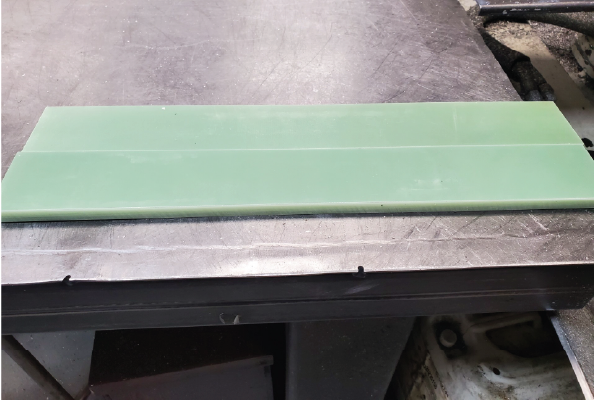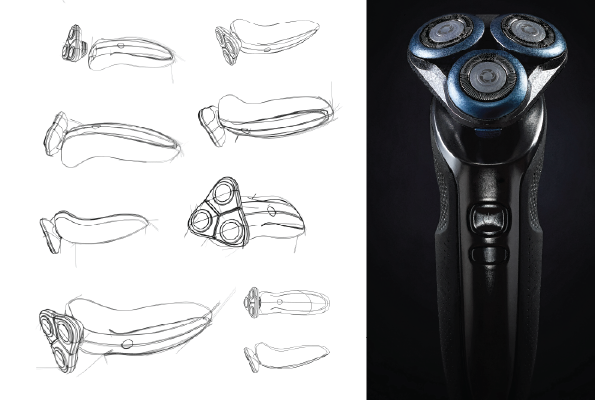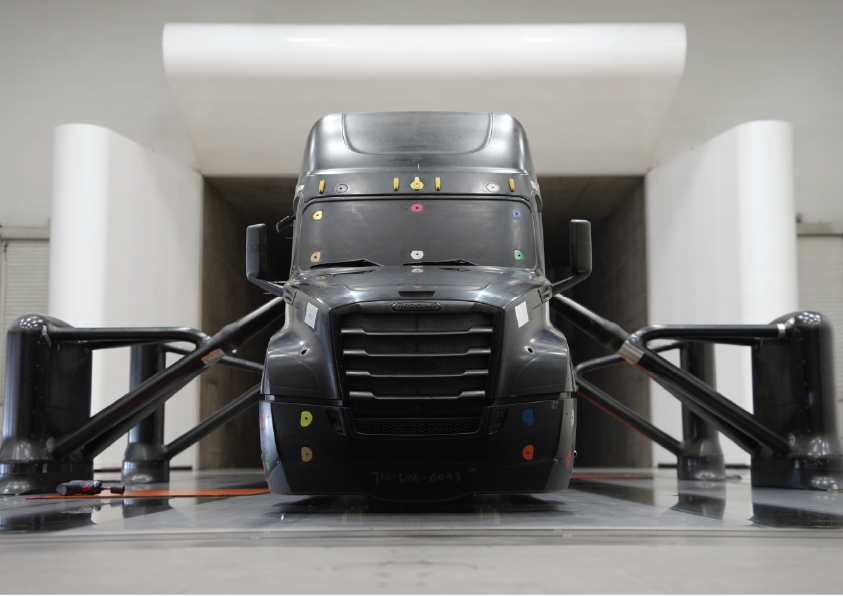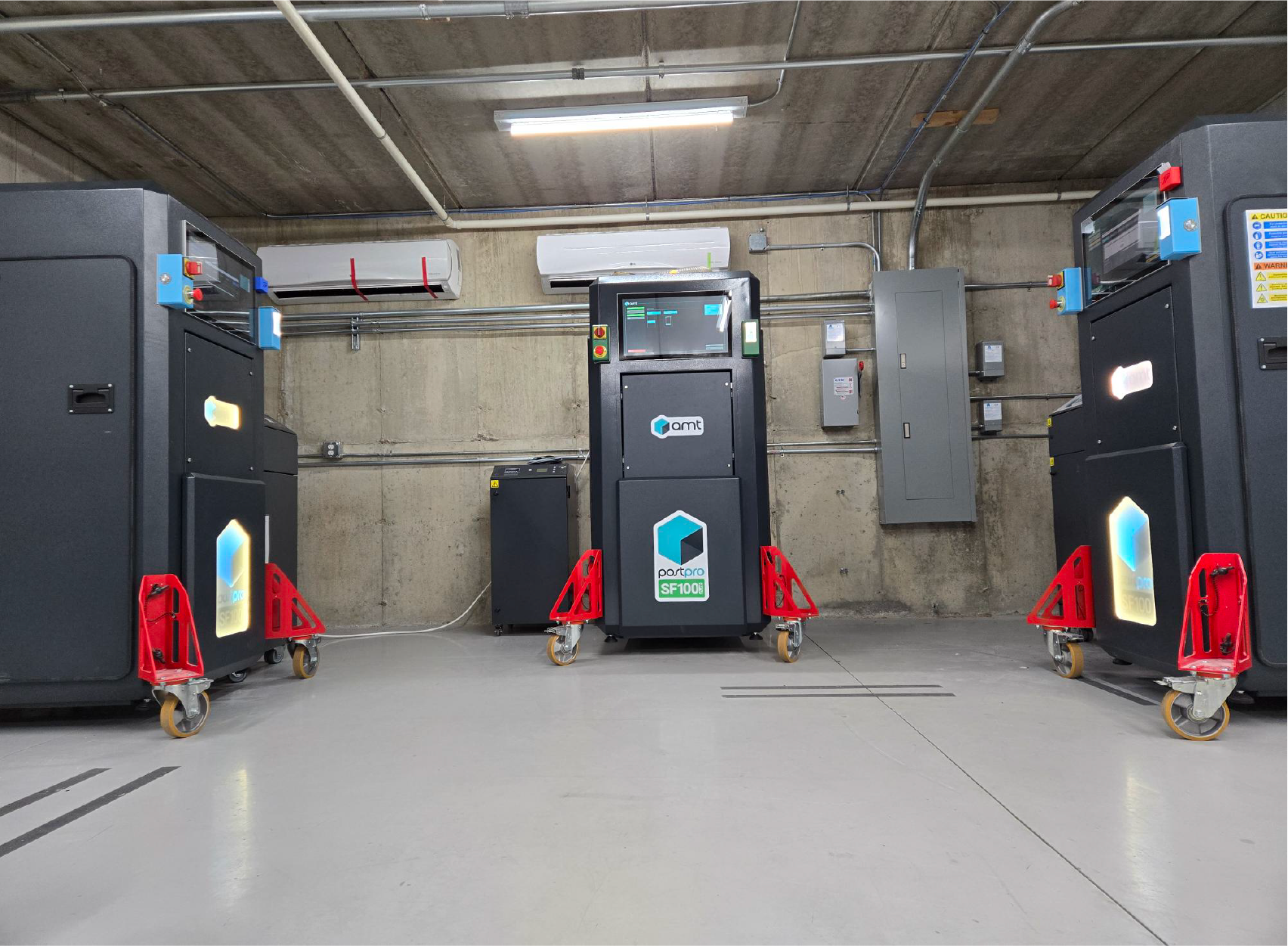
Getting a professional finish on your 3D-printed parts can be challenging. Vapor Smoothing is a solution that can help. This innovative method smooths out layer lines and creates a high-quality surface on your 3D prints.
What if there was a way to transform your 3D-printed parts into smoother, more aesthetically pleasing components? Enter vapor smoothing. This genuinely transformative technique can turn 3D-printed parts into smoother, more aesthetically pleasing components. It involves exposing the part to a vapor from a chemical, usually acetone.
It’s important to note that this process should be conducted in a well-ventilated area and with appropriate safety measures to ensure the operator’s health and safety. The vapor softens the outer layer of the part, reducing visible layer lines and giving it a smooth, glossy look.
How does vapor smoothing work?
This technology enhances printed parts’ quality and strength through three key steps: surface smoothing, chemical polishing, and surface functionalization.
The process begins with automated sanding and blasting to eliminate surface roughness. Chemical polishing follows to remove impurities and surface defects. Finally, a thin coating improves strength, durability, and aesthetics.
Vapor smoothing reduces manual labor and ensures consistency across parts. It is compatible with various materials and is suitable for numerous industrial applications.
What are the benefits for vapor smoothing parts?
Vapor smoothing is a valuable technique for improving 3D-printed parts. It makes them look better and work better. Products like smartphone cases, car dashboards, and medical devices like prosthetics can benefit from this post-processing’s enhanced appearance and strength.
Better Surface Finish
Vapor smoothing uses controlled vapor to improve the surface of 3D-printed parts. This process reduces layer lines, creating a smoother surface that feels nice.
Enhanced Appearance
This technique gives 3D-printed parts a shiny look. It is essential for products where appearance matters, such as consumer goods and prototypes. Parts that undergo vapor smoothing resemble those made using traditional manufacturing methods.
Stronger Parts
Vapor smoothing improves looks and strengthens the parts. It uses heat and solvent vapor to bond layers better, making them more hardy and durable. Parts that have been vapor smoothed can more effectively handle everyday use.
Less Porosity
Vapor smoothing also reduces tiny holes in 3D-printed parts. It is essential for items that need to be waterproof or airtight, such as electronic enclosures and liquid containers. The process creates a denser, more potent final product that can withstand harsh conditions.
Customizable Finishes
Vapor smoothing allows for different finishes. Parts can have a high-gloss shine or a subtle matte look depending on what is needed. They can also be dyed afterward. This flexibility helps designers create products that meet their specific needs.
Overall, this finish is essential for anyone who wants to improve the look, strength, and flexibility of their 3D-printed parts.
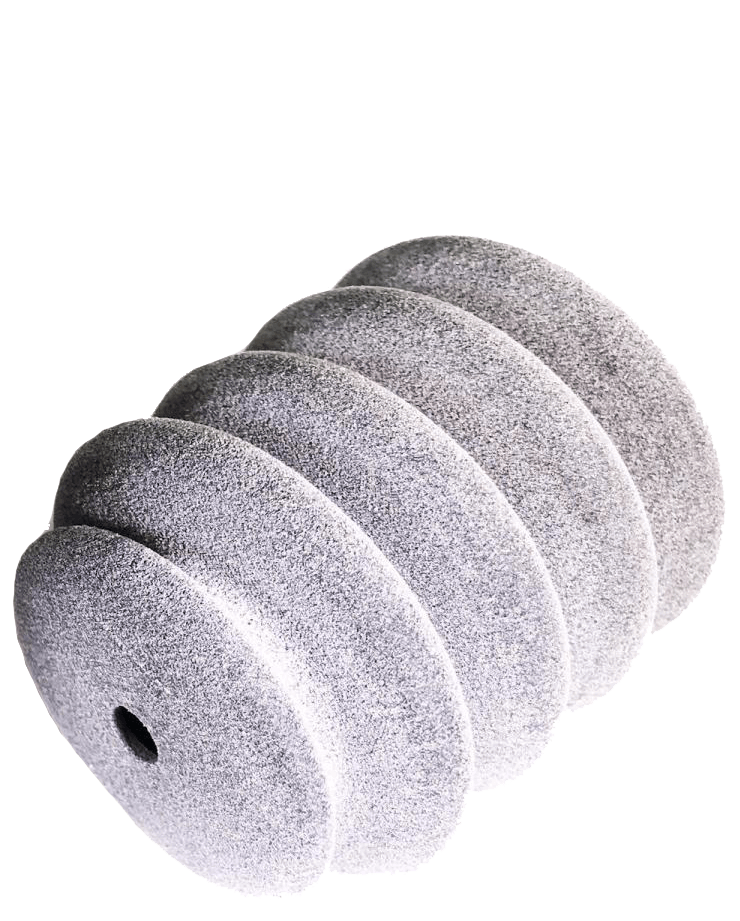
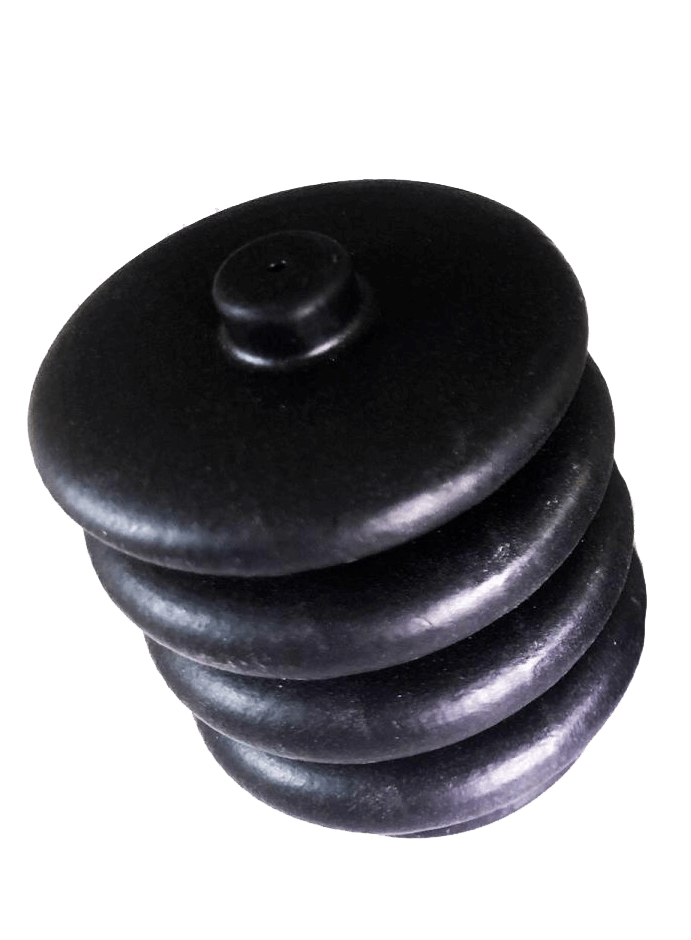
Which 3D printing capabilities use vapor smoothing?
This technique helps improve parts made from different 3D printing methods, like Fused Filament Fabrication (FFF), Stereolithography (SLA), and Selective Laser Sintering (SLS). The process involves specific treatments that lower surface roughness and enhance texture, making the parts more suitable for applications where the way they look and the texture are essential. For example, FFF prints often have visible layer lines, and vapor smoothing can significantly improve their appearance and functionality.
Which materials commonly go through this post-processing method?
Nylon, ABS, ASA, PC, and ULTEM are types of engineering plastic used in 3D printing methods, such as SLS, MJF, and FFF. A unique process called vapor smoothing makes the surface of 3D-printed items smoother and helps hide the layer lines. It not only makes the items look aesthetically pleasing but also makes them stronger and last longer. These materials are popular with selective laser sintering, multi-jet fusion, and fused filament fabrication.
Which industries benefit from vapor smoothing?
Vapor smoothing is an important technique that improves the quality and durability of 3D-printed parts. Many industries use it, including aerospace, automotive, consumer products, medical applications, and industrial manufacturing. This process is a key step in production, helping to enhance the final product. Its benefits various fields within additive manufacturing.
Aerospace
Vapor smoothing enhances the surface finish and accuracy of these components. The process involves placing the part in a controlled vapor environment, which softens the surface and creates a smooth, uniform look. This technique is especially beneficial for parts used in aircraft interiors, avionics housings, and structural elements, where a high-quality surface is essential for both function and appearance.
Automotive
Automotive improves these parts’ surface quality and accuracy, making them better suited for various automotive functions. Vapor smoothing helps ensure that 3D-printed components, from interior trim to under-the-hood parts, meet the high-quality standards required in this field.
Consumer Products
After vapor smoothing, household items like vases, planters, and decorative bowls can become smooth and shiny. Toys and collectibles like action figures and figurines also get better surface quality. Small appliance parts, electronics, and car accessories can look sleek and professional when vapor smoothed. Additionally, prototypes and product samples often undergo this finish, which is excellent for a ready-to-sell appearance.
Medical
Vapor smoothing is helpful for items like surgical tools, prosthetics, and implants, where a smooth surface is essential for patient comfort and function. The process works by exposing the 3D-printed parts to controlled vapor. It removes layer lines and gives the parts a uniform, high-quality finish. A smooth finish is especially critical for items touching the human body, as it enhances safety and reduces the chance of irritation or infection.
Industrial
Vapor smoothing makes the surfaces smooth and durable, which helps test and evaluate prototypes more realistically. This process improves the looks and strength of many products, such as electronic cases, car parts, and medical devices. Additionally, companies can use this post-process on 3D-printed tools and fixtures, making them last longer during repeated use.
Are you ready to start your project?
FAQs
It is a post-processing technique that enhances the surface finish of 3D printed parts.
It typically takes 1-2 hours to complete the process.
Not all 3D printing methods are suitable for this post-processing method.


